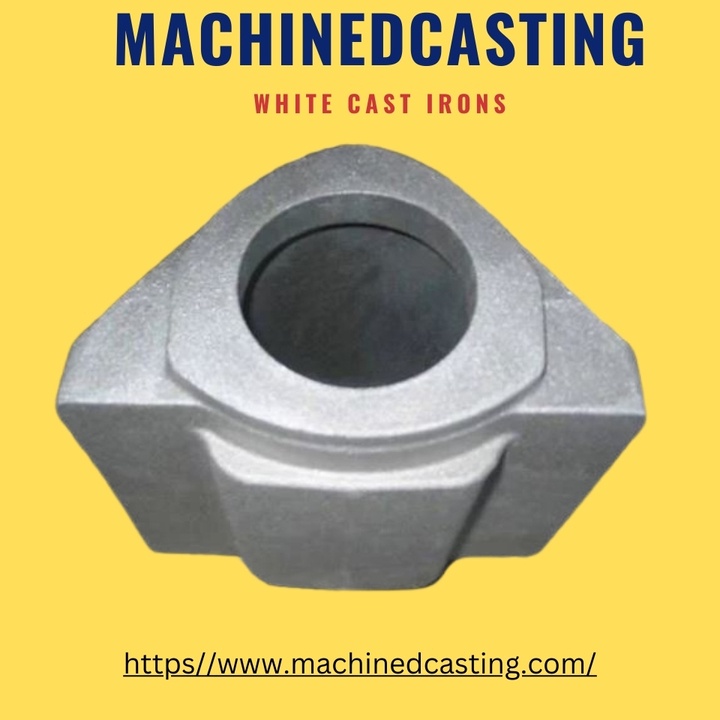White cast irons are a remarkable class of materials known for their exceptional strength, hardness, and wear resistance. In various industrial applications, they play a crucial role due to their unique properties. This comprehensive guide aims to provide insights into the characteristics, applications, and manufacturing processes of white cast irons.
Understanding White Cast Irons:
White cast irons derive their name from the bright white color of their fracture surface, resulting from the presence of cementite. Unlike other cast irons, they contain a high percentage of carbides, which are primarily responsible for their hardness and wear resistance. These carbides are embedded within a matrix of pearlite or martensite, contributing to the material's strength.
Properties and Characteristics:
-
Hardness: White cast irons exhibit exceptional hardness, making them suitable for applications involving abrasive wear. They are often utilized in components subjected to high stresses and impact loads.
-
Wear Resistance: The high carbide content provides superior wear resistance, making white cast irons ideal for wear-resistant applications such as pump impellers, grinding balls, and crusher liners.
-
Strength: White cast irons possess high compressive strength, enabling them to withstand heavy loads and impact forces without deformation or failure.
-
Brittleness: Despite their impressive hardness and wear resistance, white cast irons tend to be brittle, which can pose challenges in certain applications where toughness is essential.
Applications:
White cast irons find applications across various industries, including:
-
Mining and Mineral Processing: Used in grinding balls and mill liners due to their exceptional wear resistance, ensuring efficient comminution of ores.
-
Construction and Infrastructure: Employed in the manufacturing of crusher hammers, impact plates, and excavator teeth for enhanced durability and performance.
-
Power Generation: Utilized in coal pulverizers and ash handling systems where abrasion resistance is critical for prolonged service life.
-
Oil and Gas: Applied in drilling equipment, mud pump liners, and valve components to withstand abrasive fluids and harsh operating conditions.
Manufacturing Process:
The production of white cast irons typically involves:
-
Melting: Iron, alloying elements, and carbon are melted in a furnace to achieve the desired composition.
-
Casting: The molten metal is poured into molds and allowed to solidify, forming the desired shape.
-
Heat Treatment: Heat treatment processes such as annealing or quenching and tempering may be employed to optimize the microstructure and mechanical properties.
-
Finishing: Machining and surface treatments may be performed to achieve the final dimensions and surface quality.
In conclusion, white cast irons represent a formidable class of materials prized for their exceptional hardness, wear resistance, and strength. With diverse applications across industries and a well-established manufacturing process, they continue to play a vital role in advancing technology and innovation.


No comments yet